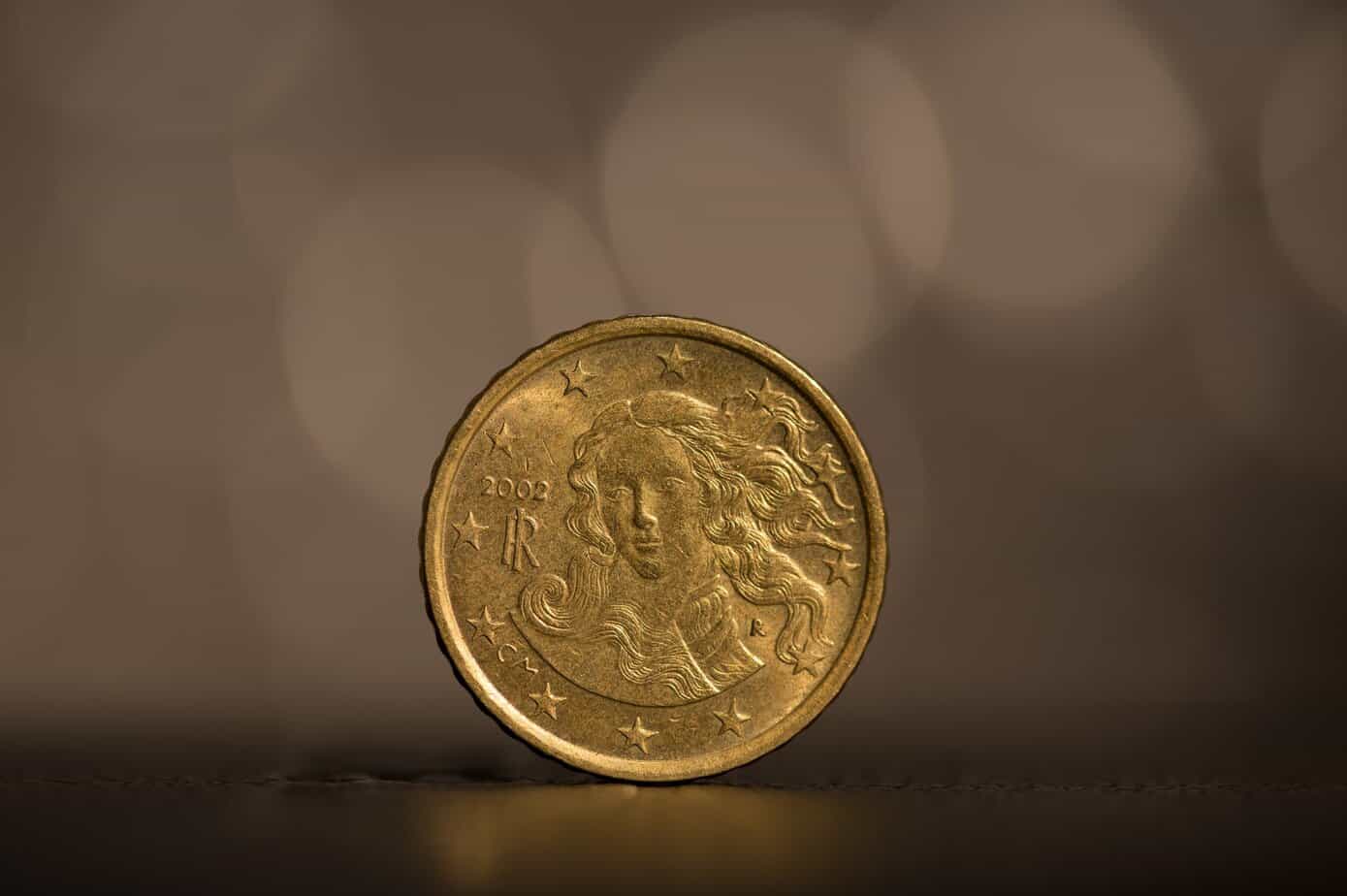
Investment coins and collector coins are two different types of coins that fall under the same umbrella of coins. They share many similarities, but there are also differences in what each coin was created to be used for, as well as the levels of rarity involved in each coin type. This article will compare the two types of coins so you can decide if you would like to collect or invest in one or both of these types of coins to expand your collection or increase your wealth by adding valuable rare items to your portfolio!
Investment coins are those that are bought with the intention of holding or selling them at a later date for a profit. Many factors go into determining whether a coin is a good investment, including its rarity, condition, and age. For example, you might consider investing in silver coins if you believe the price will rise due to changes in supply and demand. However, if you plan to keep your silver coins indefinitely then they would be collector’s items instead of investments because they have no expected future value.
There are two main types of coins: investment coins and collector coins. Investment coins are bought with the intention of selling them later for a profit, while collector coins are bought for their numismatic value. Here are some key differences between the two coins to help you understand the market better.
Collector coins are those that are purchased for their numismatic value or value based on rarity, condition, and demand. Many factors go into determining the value of a collector coin, which is why they can be worth more than their face value. For example, a 1913 Liberty Head nickel in good condition could be worth tens of thousands of dollars. Some collectors purchase these coins to store them in a collection, while others may seek to profit from them by reselling them later at an even higher price. There is also a distinction between numismatic coins and circulating coins: Numismatic coins are meant to be saved and collected while circulating coins are meant to be used as currency.
Investment coins are those that are bought with the intention of selling them at a higher price in the future. They are often kept in a portfolio or vault as a store of value. On the other hand, collector coins are bought for their numismatic value – that is, their value as a collectible item. These coins are often kept in display cases or albums. One example of an investment coin is Bitcoin. An example of a collector coin would be commemorative coins from the United States Mint.
The difference in price between collector coins and investment gold bullion is due to a variety of factors. The most important factor is the difference in rarity.
Collectible coins are much rarer than gold bullion, which makes them more expensive.
In addition, collectible coins are often made of precious metals like gold and silver, which adds to their value.
Lastly, collectible coins often have historical or artistic value, which makes them more valuable to collectors.
As you can see, there are many different factors that affect how much a coin costs. When considering whether to buy an investment coin or a collector coin, be sure to think about what your budget is and what you’re looking for in a piece of art!
There are different types of a rarity when it comes to collector coins. The first is Type Rarity, which is the number of a certain type of coin that was minted. The second is Date Rarity, which is the number of a certain date that was minted. The third is Mintmark Rarity, which is the number of a coin with a certain mintmark. The fourth is Die Variety Rarity, which is the number of a coin with a certain die variety.
There are two types of rare coins: those that are collectible and those that are investment grade. So, which is best? It depends on what you’re looking for.
If you want rare and original coins then PiK Coins is the ultimate destination where you can get them.
Main photo: Shaojie/unsplash.com